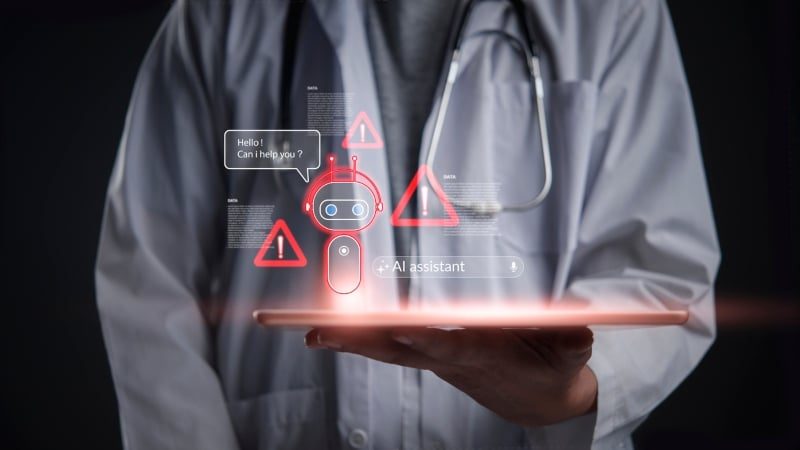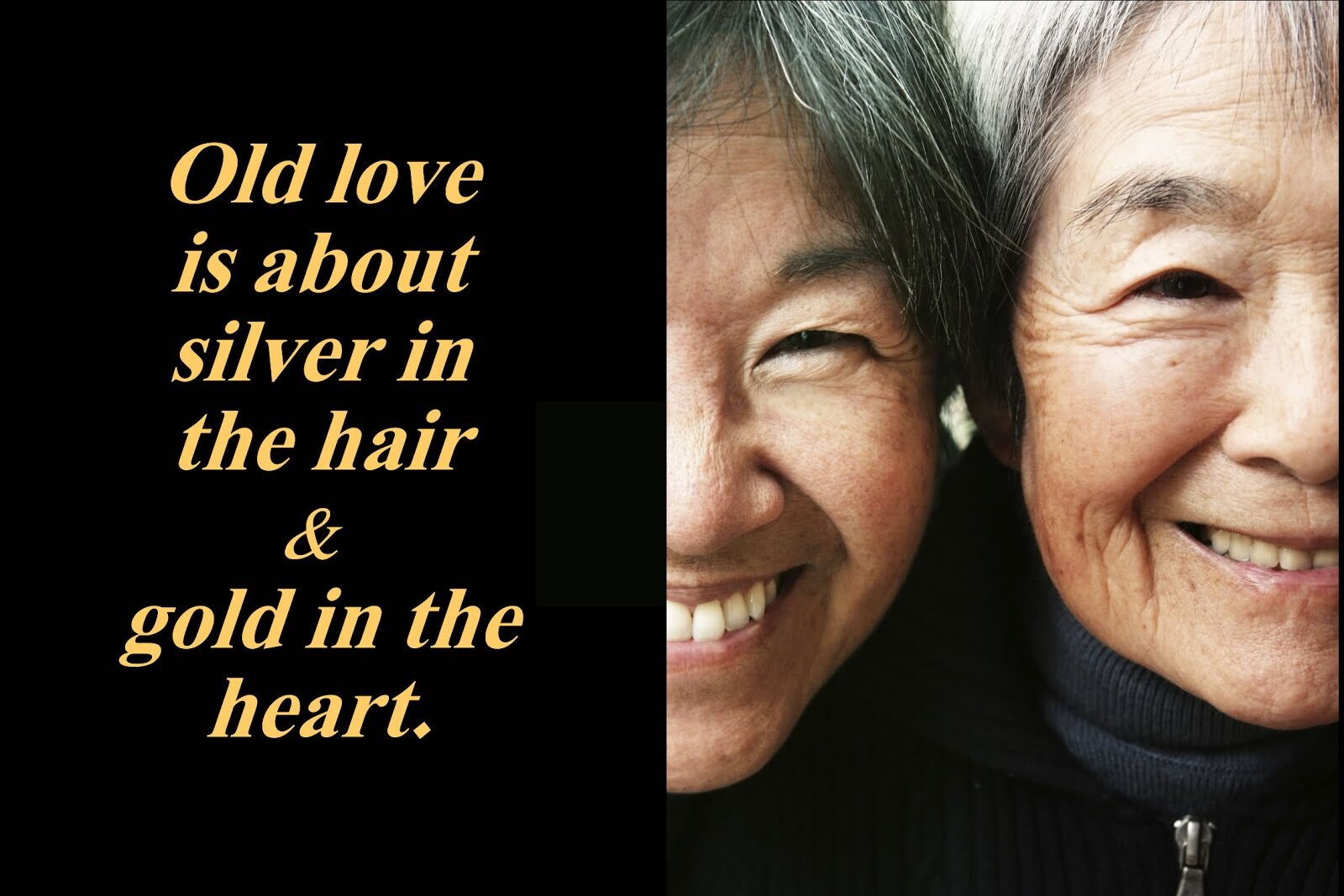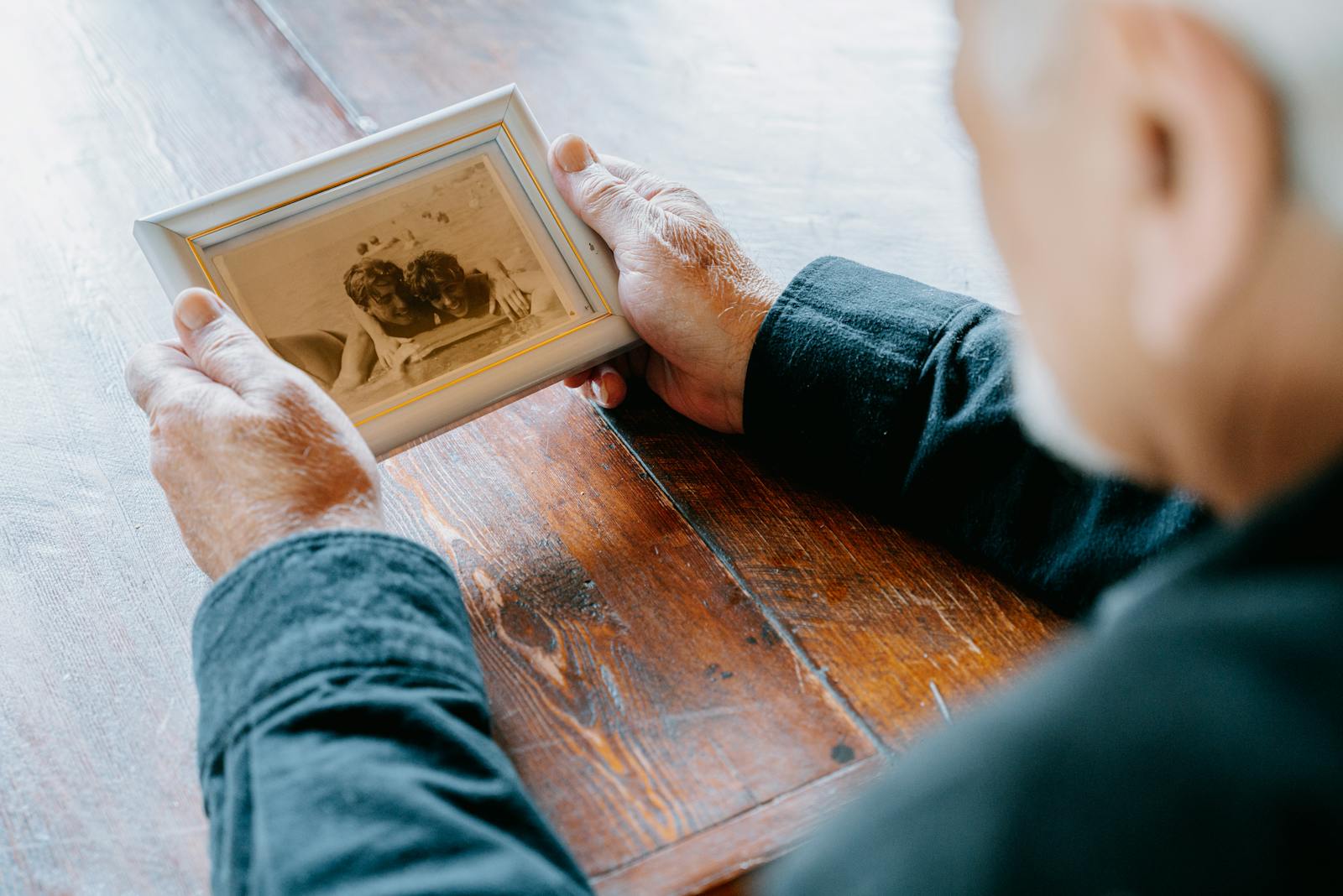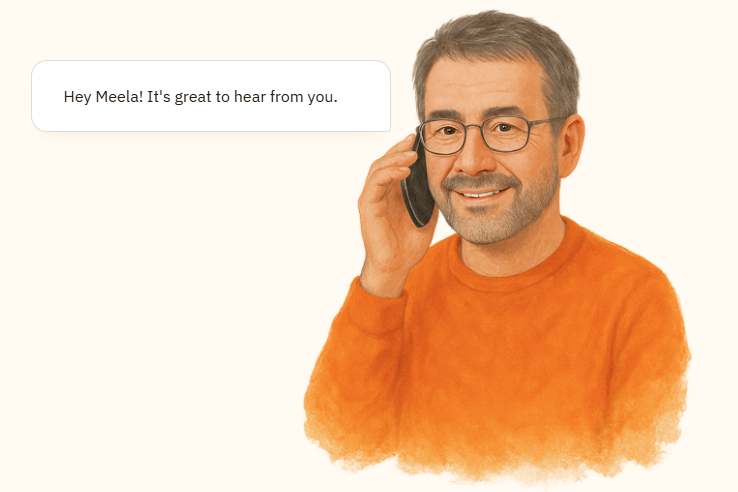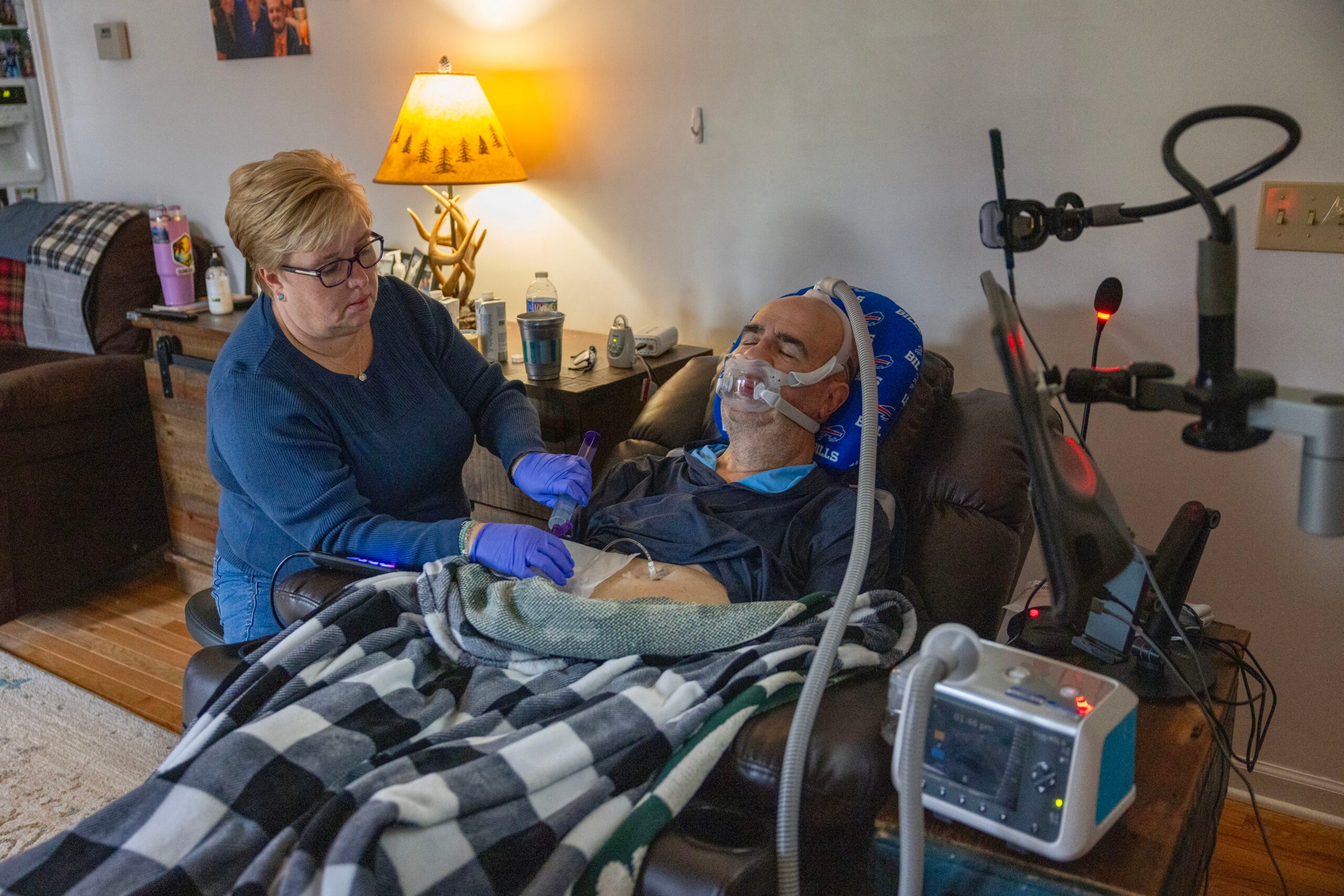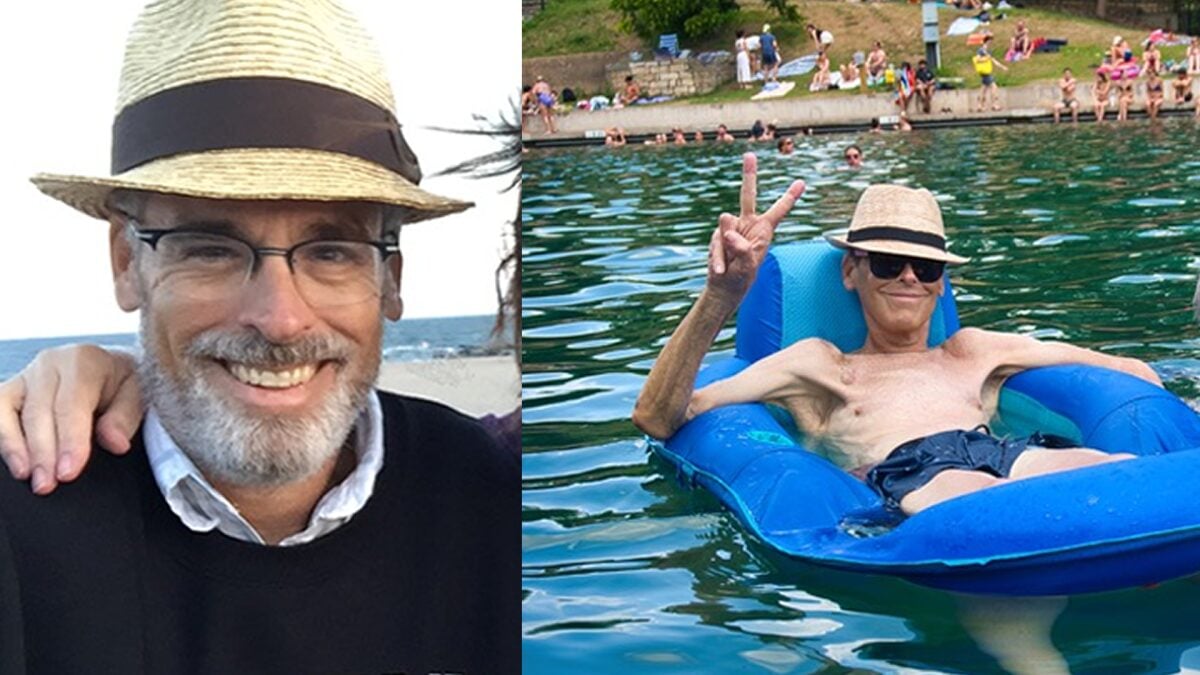

By Lisa Doggett, Public Health Watch
Chris Riley’s symptoms started in the summer of 2021. At first, he didn’t think much about them. His throat felt a little sore, and he noticed hardening of his lymph nodes. At 57 years old, Riley was active and healthy. He biked everywhere and didn’t even own a car.
Riley, it turned out, had oropharyngeal cancer, which develops in the tonsils or throat. In Riley’s case, it had originated in his left tonsil, but by the time it was discovered — after visits to a dentist, a general practitioner and an ear, nose and throat specialist — it had spread to his lymph nodes. The cause, according to his doctors, was human papillomavirus, or HPV.
HPV is a virus that can live and replicate in certain cells on the surface of the skin and mucous membranes, including the inner lining of the mouth, throat and genitals. While over 200 types of the virus exist, only a few can lead to cancer, usually many years or decades after exposure. Nearly everyone who isn’t vaccinated against HPV will be infected at some point, though 9 out of 10 infections resolve within two years.
Passed from person to person through skin-to-skin contact, usually during sexual activity, HPV is best known for causing cervical cancer, which kills about 4,000 people in the United States every year. But the virus can also lead to warts and other malignancies, including cancer of the throat, anus, and genitalia. According to the Centers for Disease Control and Prevention, HPV is responsible for approximately 37,800 cases of cancer in the U.S. each year.
A safe and well-tolerated vaccine can prevent about 90% of such cancers. But to be highly effective, HPV vaccines must be given at a young age, before the onset of sexual activity, and at least two doses are required. An analysis from Scotland, where school-based programs promote universal HPV vaccination, showed no cases of cervical cancer in fully immunized women who received their first HPV shot at ages 12 or 13.
An underutilized prevention tool
In the U.S., HPV vaccines continue to be among the most underutilized recommended vaccines, a tragedy that may worsen if the Trump administration tries to discredit and limit access to some immunizations.
Introduced in 2006, the HPV vaccine initially was approved only for girls and young women. Its recommended use subsequently broadened to include everyone through age 26, though vaccination at ages 11 to 12 — or even earlier — is preferred.
Recent data indicate that only about 61% of adolescents ages 13 to 17 have completed the HPV vaccination series. Rates have stagnated in the last few years and lag far behind usage of other common adolescent immunizations to prevent meningococcal disease (88.4%) and tetanus, diphtheria and pertussis (89%).
Robert F. Kennedy Jr., President Trump’s nominee to be secretary of the Department of Health and Human Services, is a vaccine skeptic who has spread false claims about the HPV vaccine, including the assertion that it can cause cancer, and has supported legal challenges against manufacturer Merck. If confirmed after Senate hearings this week, Kennedy would have a powerful platform from which to further undermine vaccine acceptance.
“The HPV vaccine is crucial,” said Dr. Carlos O’Bryan-Becerra, a family physician with Ventura County (California) Medical Center and 2022-23 Vaccine Science Fellow with the American Academy of Family Physicians. He cited its ability to prevent oropharyngeal cancer and five other types of cancer.
“Unfortunately, many patients, their families, and even clinicians are unaware that HPV causes cancers beyond the cervix,” O’Bryan-Becerra said. “This lack of awareness makes it even more important to promote the vaccine as a cancer prevention tool.”
Rates of HPV-related oropharyngeal cancer, most often seen in men, have surpassed rates of cervical cancer. Overall, men are 2.7 times more likely to be diagnosed with an HPV-associated malignancy and face mortality rates that are 2.8 times that of affected women.
Treatment for oropharyngeal cancer can be brutal. Chris Riley, a former Austin City Council member, started radiation and chemotherapy soon after his diagnosis. But it came with a tremendous cost. His salivary glands and taste buds were destroyed, and for months, he required a feeding tube to ensure adequate nutrition. Despite frequent chocolate milkshakes, one of few foods he could still taste, he lost weight and became exhausted with even minimal activity.
“I see people just eating normal diets and going to normal restaurants, and that will never be me again,” he said.
Barriers to vaccination
Pervasive misinformation surrounding HPV and the safety and necessity of its vaccine remains an enormous hurdle for vaccine promotion. Some families assume, incorrectly, that the vaccine is only for girls, or is indicated only after a young person becomes sexually active. Mistrust around immunizations increased during the COVID-19 pandemic and remains widespread. Some argue that the HPV vaccine encourages promiscuity, an allegation that has been thoroughly debunked. Still others aren’t convinced that HPV is a serious health threat.
O’Bryan-Becerra has struggled to reduce vaccine hesitancy even among medical and nursing staff, which undermines promotion efforts.
Cultural stigma associated with sexually transmitted infections contributes to such hesitancy. Many teenagers and their families feel embarrassed discussing the topic, which can deter them from seeking the vaccine. People of color, those who live in rural areas and those without private health insurance are less likely than others to be vaccinated against HPV.
The HPV vaccine represents a powerful tool in the fight against cancer. Yet accurate information and access are often lacking in schools and even health clinics. Doctors and their teams need to provide clear guidance about the importance of early HPV vaccination, before a young person becomes sexually active, to provide the best protection. Without widespread proactive measures to educate and improve vaccination rates, we risk perpetuating falsehoods and health disparities.
Riley died last summer, after a final effort to treat his cancer with chemotherapy and immunotherapy failed. The cancer had returned about a year after his initial treatment and had spread to his liver. He had just turned 60. In the weeks before he died, he mused about HPV vaccines, which probably would have saved his life, had they been available to him as a child. He was perplexed by HPV vaccine hesitancy.
“It just seems really strange to me that a parent would have an opportunity to protect their kid against something like what I’ve been through and yet would forego that opportunity,” Riley told me in our final conversation. If more parents understood the vaccine’s life-saving potential, he said, “people would be clamoring” for it.
Lisa Doggett is a family and lifestyle medicine physician at the Multiple Sclerosis and Neuroimmunology Center of UT Health Austin, the clinical practice of Dell Medical School at the University of Texas at Austin. She is also senior medical director of Sagility and author of the memoir, Up the Down Escalator: Medicine, Motherhood, and Multiple Sclerosis.
The views expressed in her columns do not necessarily reflect the official policies or positions of Public Health Watch, UT Health Austin or Sagility. Doggett can be reached through her website.
—
This article was originally published by Public Health Watch, a nonprofit investigative news organization. Find out more at publichealthwatch.org . 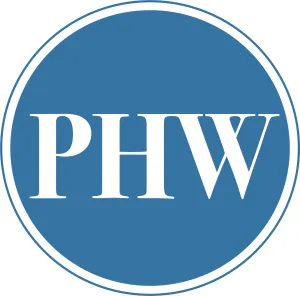

***
You may also like these posts on The Good Men Project:
Join The Good Men Project as a Premium Member today.
All Premium Members get to view The Good Men Project with NO ADS.
A $50 annual membership gives you an all access pass. You can be a part of every call, group, class and community.
A $25 annual membership gives you access to one class, one Social Interest group and our online communities.
A $12 annual membership gives you access to our Friday calls with the publisher, our online community.
Register New Account
Need more info? A complete list of benefits is here.
—
Photo credit: Author
Disclaimer: This story is auto-aggregated by a computer program and has not been created or edited by healthlydays.
Publisher: Source link


